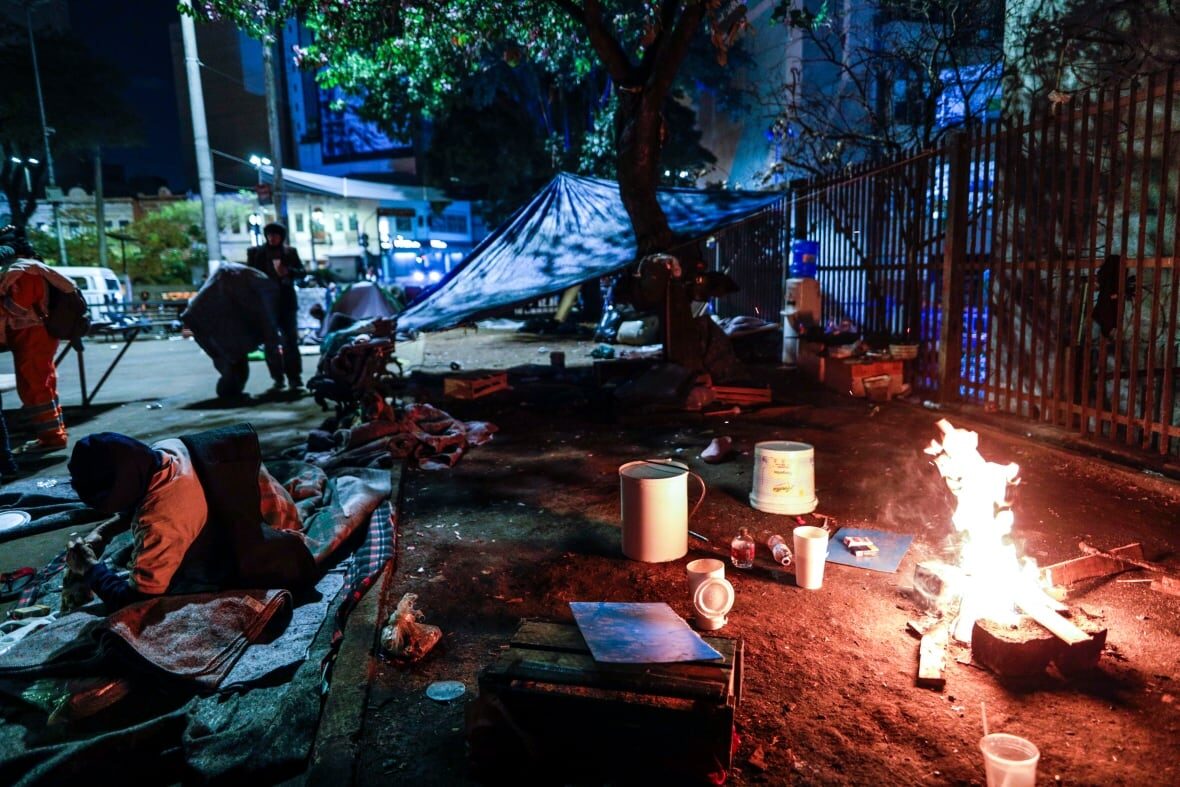China's monsoon season has been catastrophic so far, unprecedented heavy floods have taken a heavy toll. The southwest and central regions in the Yangtze river basin witnessed the heaviest rainfall in 1,000 years, and the water continues to pour down with no rest.
Across Henan, rains deluged 1,700 large-scale farms, killing more than a million animals, and whose many small farmers still play a major role in meat production. The floods also caused a major explosion in an aluminum alloy unit in central Henan.
At least 14 people lost their lives in Zhengzhou city when their subway train flooded. More than 500 people were trapped in the subway in one of the worst-affected areas of the city.
China's biggest river, the Yangtze, and several of its tributaries have risen to dangerous levels after days of heavy rain, forcing evacuations of thousands of people and triggering an unprecedented emergency response alert.
A very serious double earthen dam failure sent 46 million cubic meters of water to the Hulunbuir area of Inner Mongolia, causing massive flooding.
The Three Gorges Dam has successfully contained the heavy floods, sighing relief to Chinese authorities, as a collapse could have had an even more catastrophic impact on the area.
Severe flooding caused by historic rainfall wreaked havoc across western Europe taking the lives of 189 people. Tens of thousands were unable to return to their homes and were left without access to power and drinking water. Towns in river valleys and low-lying plains in Germany, the Netherlands, Belgium, France, and Austria were heavily damaged. Most of the affected areas had not experienced that much rainfall in 100 years.
Drought and extreme heat triggered the two largest wildfires in the Western US. The fires have burned land nearly the size of New York City, Los Angeles, and Chicago combined.
The Dixie Fire in California scorched 241,000 acres has destroyed more than 60 houses. The widespread fires have forced the evacuation of more than 7,800 residents.
The Bootleg Fire is still raging in southern Oregon, burning 413,000 acres since igniting this month. The fire has torn through more than 400 houses.
Greek firefighters faced dangerous and unprecedented conditions as they battled 154 wildfires through Athens, with one of them threatening Mount Parnitha national park — one of the last remaining substantial forests near the city. Meanwhile, in Turkey, eight people died in the country's worst blaze in decades that raged through swaths of the southern coast.
Hot weather and strong winds fueled multiple wildlife fires in Akkar, Lebanon, consuming the iconic Lebanese pine forests. The flames forced thousands to evacuate.
And on the southern hemisphere, Brazil, Argentina, and Uruguay reported rare snowstorms and surprisingly cold temperatures this winter.
A magnitude-8.2 earthquake rattled Chignik, Alaska this month, it has been recorded as the most powerful U.S. earthquake in half a century. Several Alaskan coastal communities were evacuated following the quake, but no major damage was reported due to the remote location and depth of the epicenter.
Have you noticed that more and more people, cattle, buildings, and trees are getting struck by lightning? Things are charging up in higher layers of the atmosphere. Keep your eyes open, and prepare accordingly!
All this and more in our SOTT Earth Changes Summary for July 2021:

Comment: Elsewhere in South America recently: Cold wave brings rare snow to 13 Brazilian cities in the state of Rio Grande do Sul - Also to Northern Argentina and Uruguay
Fierce cold weather leaves Brazilian authorities scrambling to support homeless population